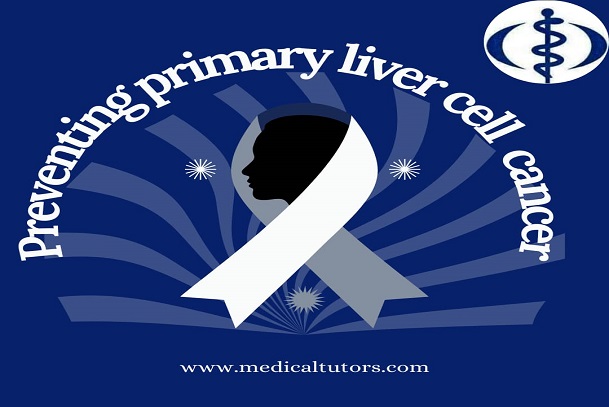 Wash your hands regularly and wear a face mask.
Learn more
Wash your hands regularly and wear a face mask.
Learn more

Hepatitis B and Hepatitis C are the main causes of primary liver cell cancer: Hepatocellular Carcinoma (HCC)
HCC can be prevented if the main primary risk factors such as hepatitis B and C infections are avoided or eliminated.
There are two forms of prevention:
Primary Prevention
Hepatitis B Primary Prevention: Vaccination
Hepatitis B is an infection that is caused by the hepatitis B virus (HBV). HBV infection is a vaccine-preventable disease.
In Nigeria, there is a 9.5% prevalence rate of people with hepatitis B i.e., over 20 million people, with the larger percentage not knowing they have the virus.
It is mostly spread from a mother to her child at birth (perinatal transmission) and through horizontal transmission (exposure to infected blood) especially from an infected child to uninfected children (under 5 years) while playing. The development of this infection is usually in infancy making the contraction of the virus in adulthood (sexually active persons) less than 10%. Thus, early infection in infancy and early childhood is about 95% of most hepatitis B cases. This is the basis for strengthening and prioritizing infant and childhood vaccination against HBV.
According to the World Health Organization (WHO) recommendations, all infants are to receive the Hepatitis B vaccine as soon as possible after birth, preferably within 24 hours.
This is followed by 2 or 3 doses of hepatitis B vaccine at least 4 weeks apart to complete the vaccination series. And in addition to infant vaccination, it is also recommended that antiviral prophylaxis should be used to prevent hepatitis B transmission from mother to child.
There are no recommended booster vaccinations for persons who have completed the 3-dose vaccination schedule for hepatitis B.
Hepatitis C Prevention
There is no vaccine against hepatitis C. However, one can reduce the risk of infection by:
Secondary Prevention
Hepatitis B (HBV) and Hepatitis C (HCV)
The beneficial effects of immunization against HBV are usually not felt for many years and there is no early prospect of a vaccine against HCV, therefore other methods must be attempted in preventing HCC caused by these viruses.
These precautions are more important in preventing HCV-related HCC because persistent infection with this virus occurs predominantly in adulthood. Adults who have hepatitis B and C should get the virus eliminated, while constantly getting checked at the hospital.
Efforts to prevent infection should focus on identifying persons who have an increased risk of HCV infection, providing them with counseling and testing for the virus so as not to risk its progression to chronic liver cancer. The following practices for treatment should be introduced: